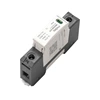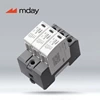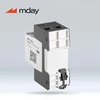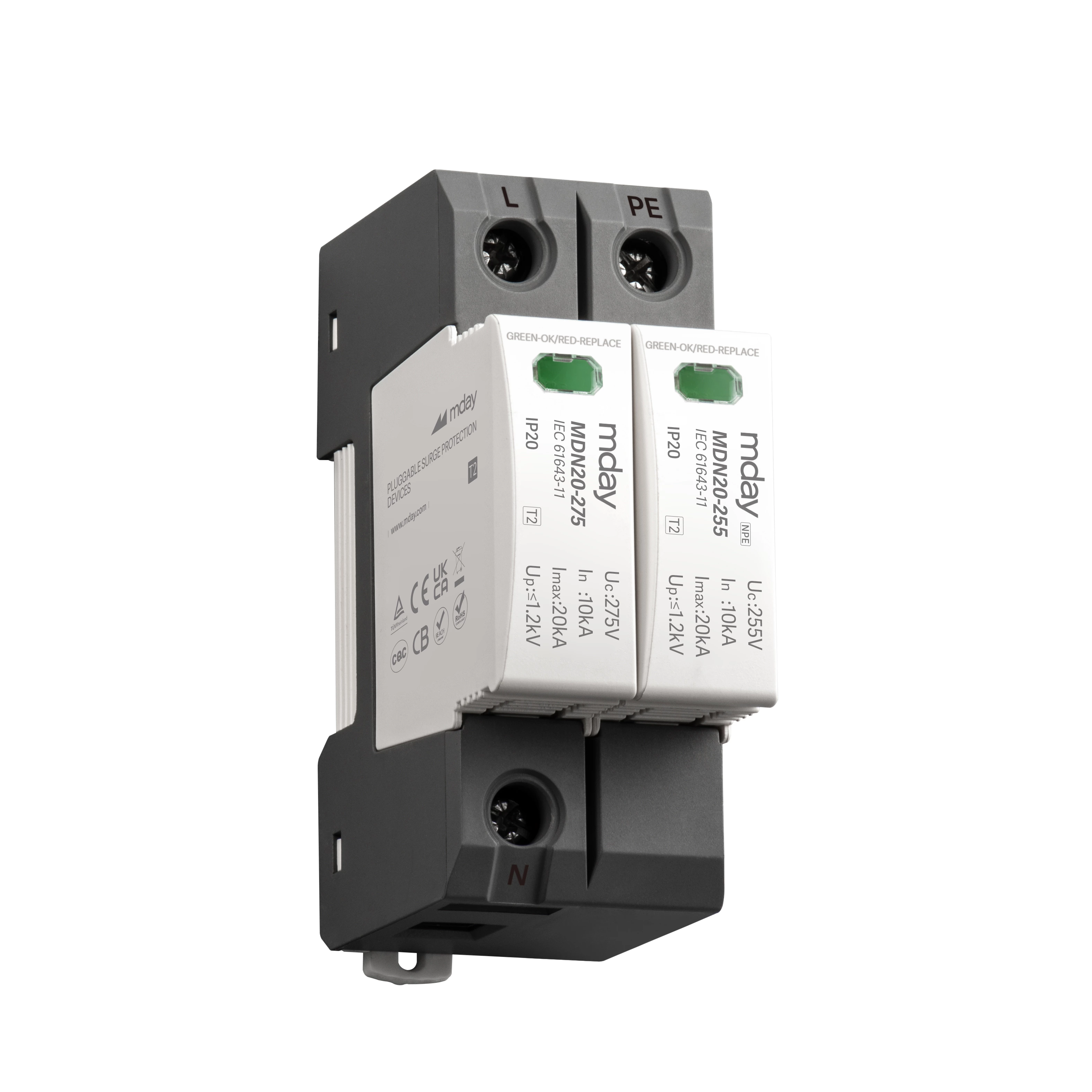What Are The Advantages Of Composite Surge Protector?
Surge protectors are important devices for lightning protection inside buildings. They can discharge lightning current to the grounding device as soon as it invades the system, thereby protecting the line safety. surge protection device are divided into switch-type surge protectors (with discharge gap inside), voltage-limiting surge protectors (with varistor inside) and composite surge protectors according to their internal structure. For the former two, due to force majeure factors such as degradation, there will be fire hazards of continuous current and leakage current respectively, but composite surge protectors can achieve no leakage current and continuous current, thus eliminating the fire hazard of surge protectors. Today, the editor will tell you about the advantages of composite surge protectors and why there is no continuous current and leakage current?
Before understanding the advantages of composite surge protective device, we must first understand the internal working principle of surge protectors. The switch-type surge protector is not turned on at ordinary times, which is equivalent to a large resistor. When the lightning current invades the line, due to the breakdown of the lightning current, the gap will quickly turn on and discharge the lightning current to the grounding device; the voltage-limiting surge protector is the lightning current that breaks down the varistor, thereby playing the role of discharging the lightning current.
What is the advantage of the composite surge protector? The composite surge protector is equivalent to combining the two. The internal discharge gap and the varistor are connected in series, generally with the varistor in front and the gap in the back. When a lightning strike occurs, the two of them are turned on at the same time until the lightning current is discharged. The two work in coordination and in an orderly manner. How do they do it?
In the composite surge protector, the discharge gap is equivalent to the switch of the varistor. If the discharge gap is not turned on, the varistor will not break down, and no leakage current will be generated; and the varistor is equivalent to the switch of the discharge gap. Under normal working conditions, due to the existence of the varistor, it is far from enough to break through the discharge gap, so no continuous current will be generated. In the composite surge protector, the two mutually constrain and protect each other, thus achieving 0 continuous current and 0 leakage current. What are the advantages of composite surge protectors? I believe that after reading this article, readers will understand that for some projects with particularly high safety protection requirements, it is recommended to choose composite surge protectors.











